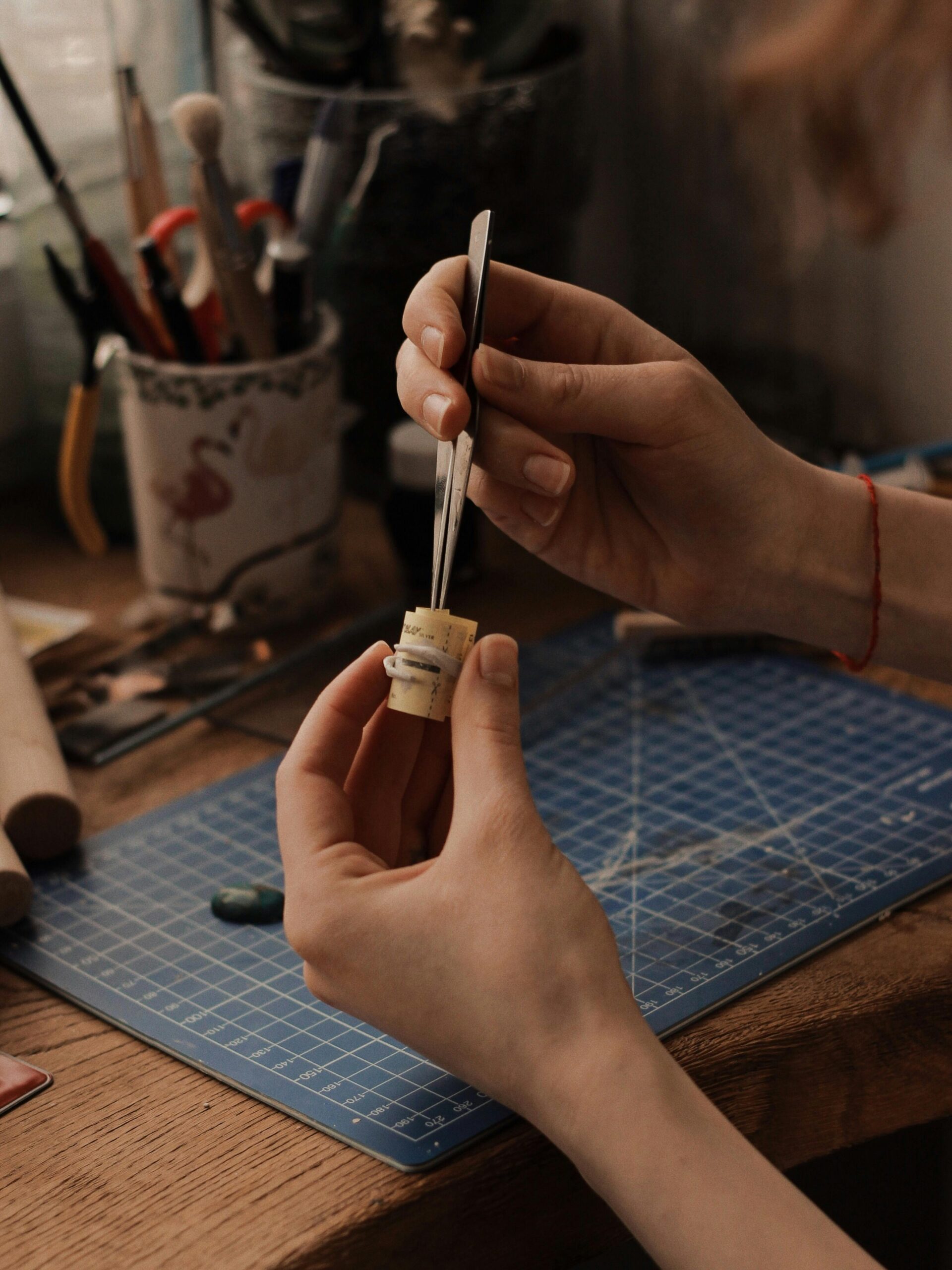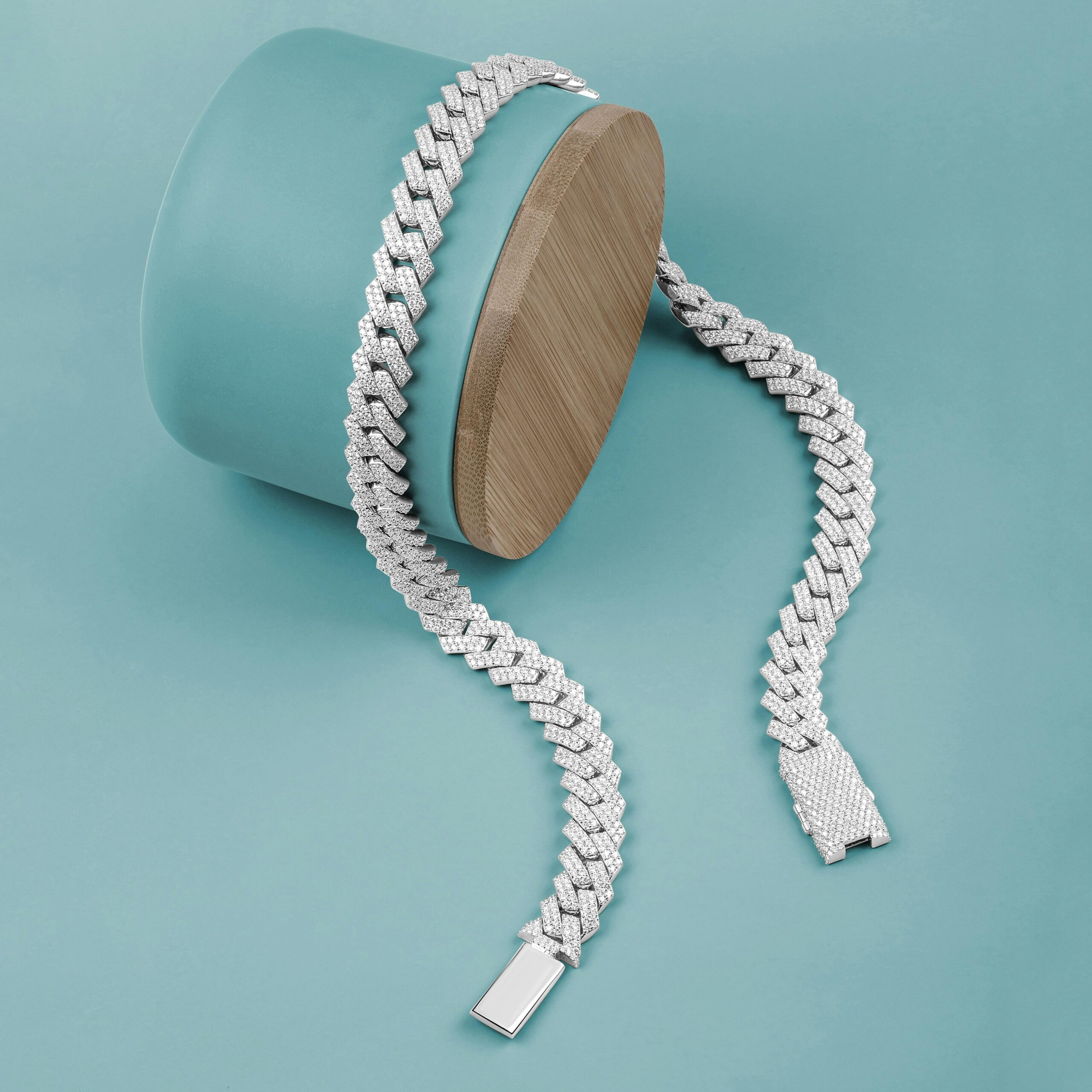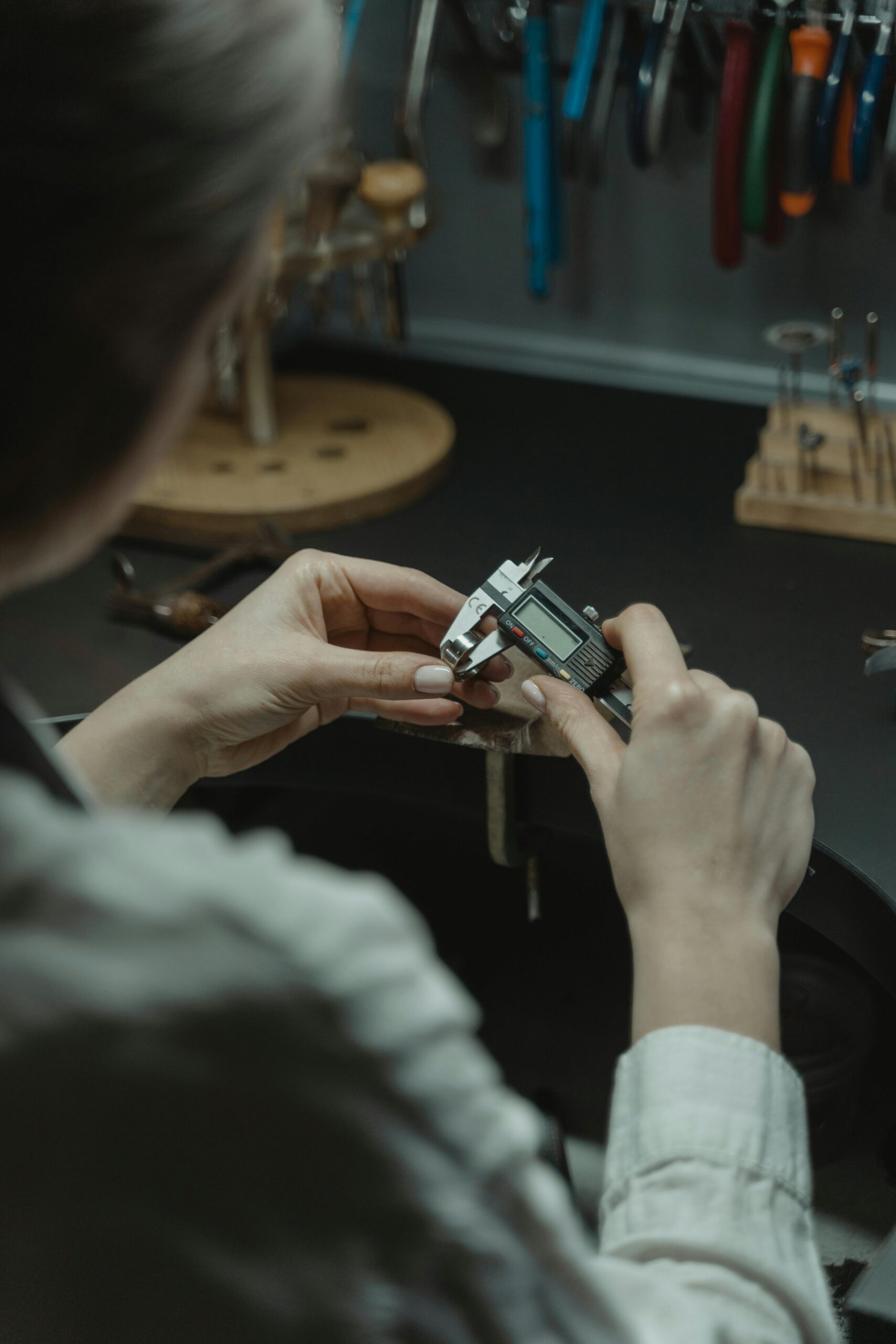Starting your own jewelry business can be a very rewarding experience. Not only do you get to be your own boss, but you also get to express your creativity and individuality through your work. However, starting a jewelry business is not easy. There are many things you need to do in order to make it successful. In this blog post, we will discuss 6 steps that will help you start a successful jewelry business!
1. Identify a Market Opportunity.
The first step in starting a successful jewelry business is to identify a market opportunity. What type of jewelry are people looking for? What style do you specialize in? Do you want to focus on a specific demographic, like millennials? Once you have identified a market opportunity, you can start to build your business around it. For example, let’s say you want to focus on selling custom handmade jewelry to millennials. You would need to research what type of jewelry millennials are looking for and what styles are popular with this demographic. Once you have this information, you can start to create a line of jewelry that meets their needs and wants.
Another important aspect of this tip is to make sure there is a demand for the type of jewelry you want to sell. You can do this by researching your competition and seeing what types of jewelry they are selling and how well their businesses are doing. If there is a lot of competition in your market, you will need to make sure your jewelry is unique and appealing enough to stand out from the rest.
2. Find one Right Jewelry Manufacturer.
Finding a professional jewelry manufacturer is a very important step because you need to make sure the quality of your jewelry is up to par. You don’t want to skimp on this step because it will reflect poorly on your brand if your jewelry is not well-made.
There are a few things you should keep in mind when finding a jewelry manufacturer. First, you want to make sure they have experience in manufacturing the type of jewelry you want to sell. Second, you want to make sure they are located in a country with high labor standards. This will ensure that your jewelry is made ethically and with good quality. Finally, you want to make sure they have a good reputation. You can do this by reading online reviews and talking to other jewelers who have used their services or making a sample order to test it by yourself.
There are many different ways to find a jewelry manufacturer. You can search online, attend trade shows, or even ask for recommendations from other jewelers.
For example, if you need one professional custom jewelry manufacturer, IMEETY based in China will be a good choice for you, their professional production capabilities and one-stop service solutions can better meet your business needs.
Once you have found a few manufacturers that you are interested in working with, you will need to get samples of their work and see if their quality is up to your standards. You should also consider the price of the jewelry you want to manufacture. You don’t want to overspend on your jewelry and not be able to make a profit. However, you also don’t want to skimp on quality just to save a few dollars. Finding the right balance is key.
3. Building Your Brand.
The next step in starting your jewelry business is to build your brand. This includes creating a name, logo, and identity for your business. This is important because it will help you create recognition and loyalty among your customers.
Your brand should be unique and reflect the type of jewelry you sell. For example, if you sell handmade custom jewelry, your brand should reflect that. Your logo should be simple and easy to remember. And your name should be something that will stick in people’s minds.
Building a strong brand is essential for any business, but it is especially important for a jewelry business. This is because there is a lot of competition in the jewelry industry. If you want to stand out from the rest, you need to have a strong brand that customers will remember and be loyal to.
4. Open a brick-and-mortar store or online shop?
How to decide whether you will open a brick-and-mortar store or set up an online shop. There are pros and cons to both options.
A brick-and-mortar store will give you the opportunity to build relationships with your customers and create a physical space for them to browse your jewelry. However, it is a more costly option and you will be limited to selling only in your local area.
An online shop will give you the opportunity to reach a wider audience and sell to customers all over the world. However, you will need to invest in shipping and have a good return policy to ensure customer satisfaction.
The best option for you will depend on your budget, your target market, and your sales goals.
From 2012 to 2021, online jewelry sales increased by an average of 3.9% each year. This shows that more and more people are shopping for jewelry online. If you want to reach the widest audience possible, setting up an online shop is the way to go.
5. Set Up Your Website
If you decide to open an online shop, one website is necessary. This can seem like a daunting task, but there are many platform options available that make it easy to create a professional-looking website. Once you have created your website, you will need to populate it with photos and descriptions of your jewelry. You will also need to set up a payment system so that customers can purchase your jewelry. The most important thing to remember when creating your website is to make sure it is user-friendly and easy to navigate. You want your customers to have a positive experience when they visit your site, so take the time to make sure it is well-designed. Once you have created your website, you are ready to start selling your jewelry!
6. Build marketing channels that fit your business model
This includes deciding how you are going to reach your target market and promote your jewelry. There are many options for marketing your jewelry, including online advertising, social media, email marketing, and print advertising. You will need to experiment with different marketing channels to find what works best for your business. You may need to try a few different channels before you find the ones that are most effective for reaching your target market and promoting your jewelry.
Once you have built your marketing channels, you need to start promoting your jewelry! This can be done by sharing photos and descriptions of your jewelry on social media, sending out email newsletters, and running ads on your website. Make sure to track your results so that you can see what is working and what is not. This will help you adjust your marketing strategy as you go.
The most important thing to remember when promoting your jewelry is to be consistent. You need to keep promoting your jewelry even when sales are slow. If you give up when sales are slow, you will never reach your full potential.
These are just a few tips to get you started on your journey to starting a successful jewelry business. But remember, the most important thing is to never give up on your dreams! If you have a passion for jewelry and are determined to succeed, you will find a way to make it happen!







